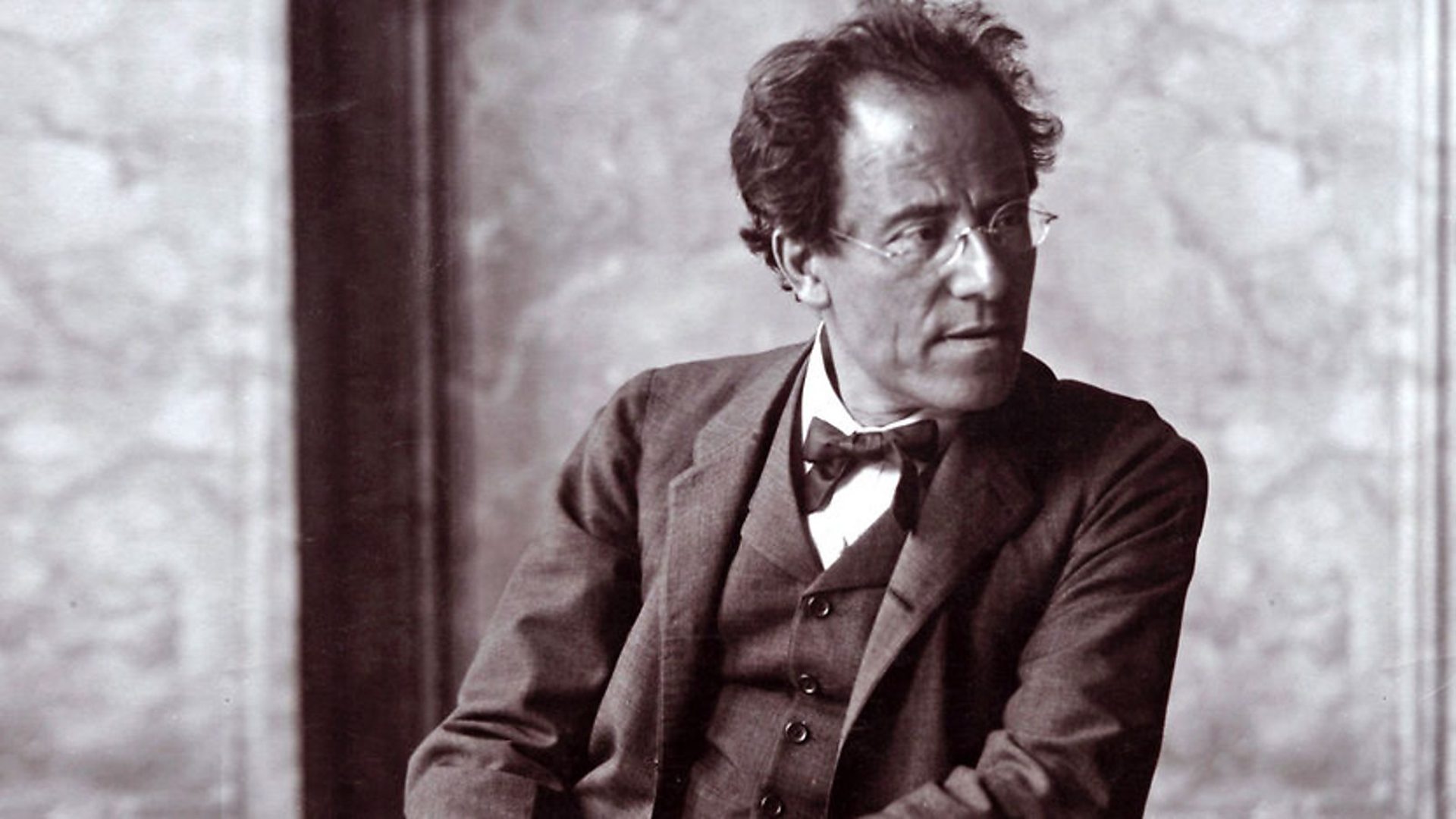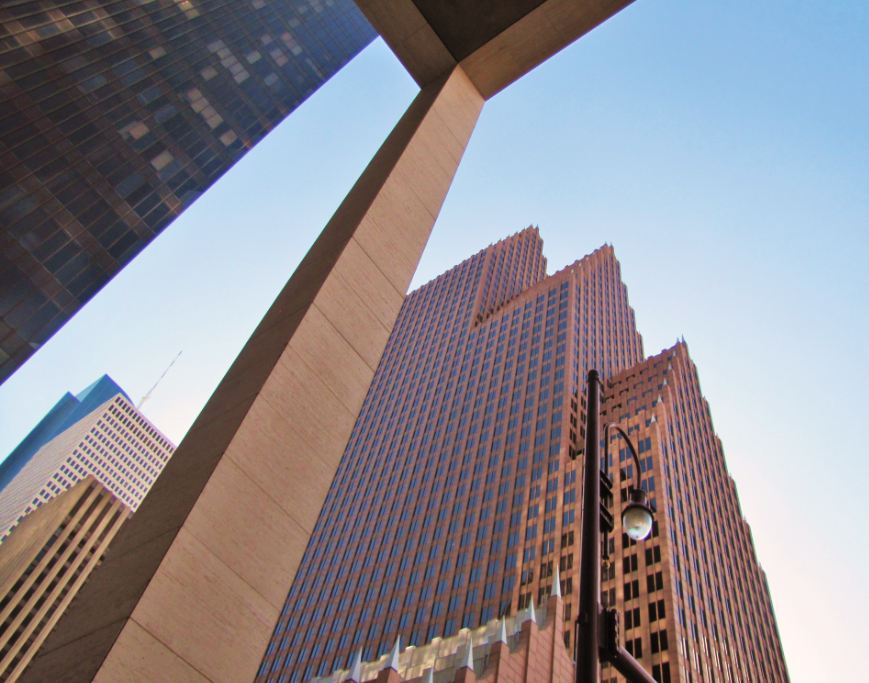New Release: Mendelssohn Symphonies, Yannick Nézet-Séguin and the Chamber Orchestra of Europe
This is Italy! And now has begun what I have always thought… to be the supreme joy in life. And I am loving it. Today was so rich that now, in the evening, I must collect myself a little, and so I am writing to you to thank you, dear parents, for having given me all this happiness. Felix Mendelssohn wrote these word from Venice in October, 1930 around the time he …







